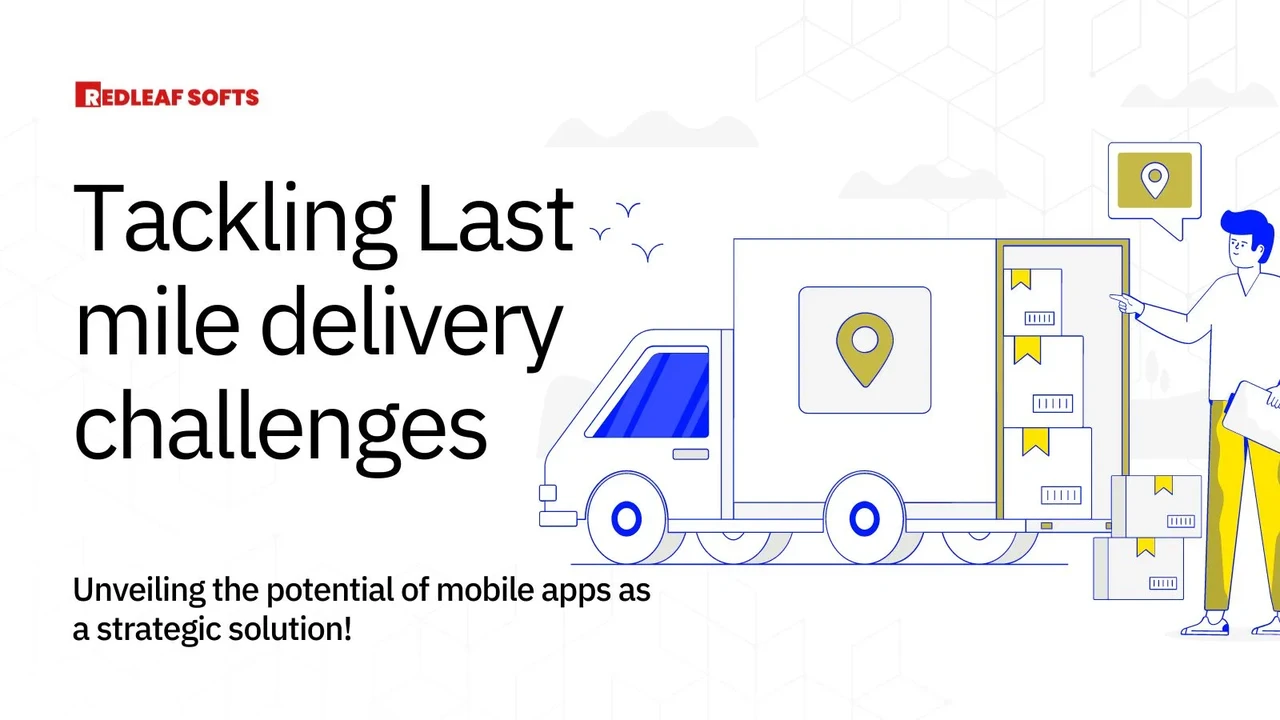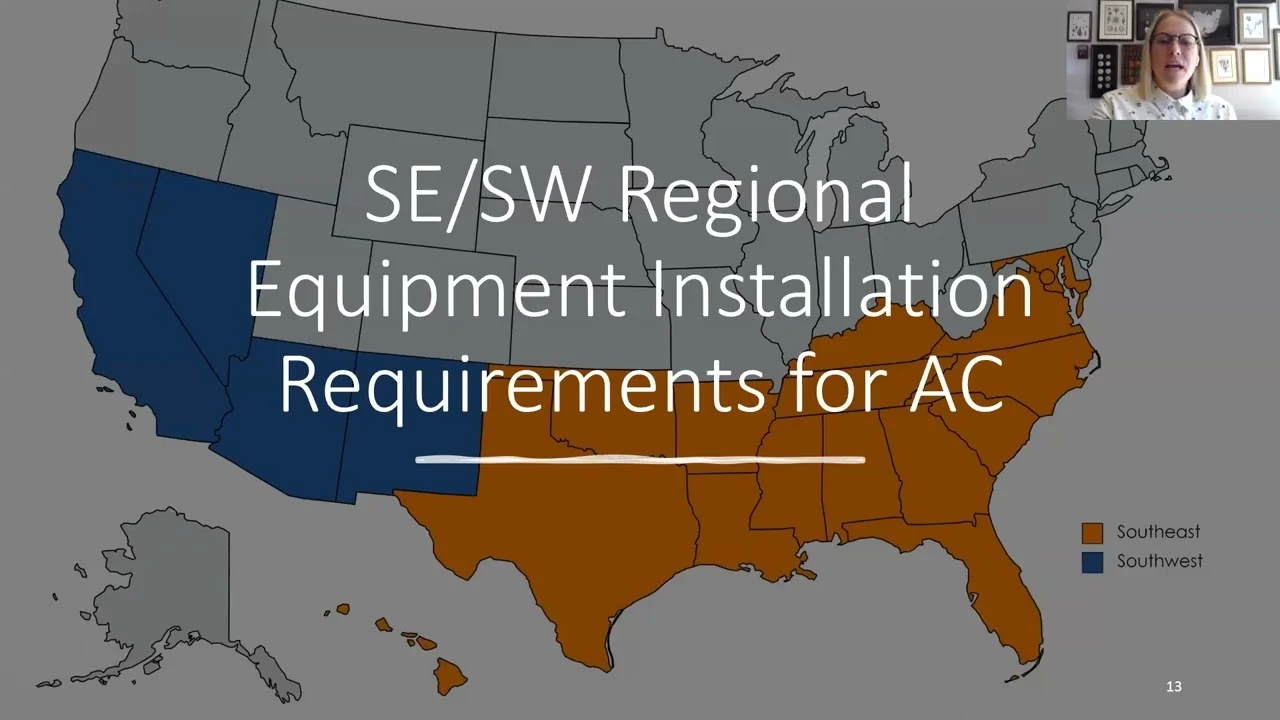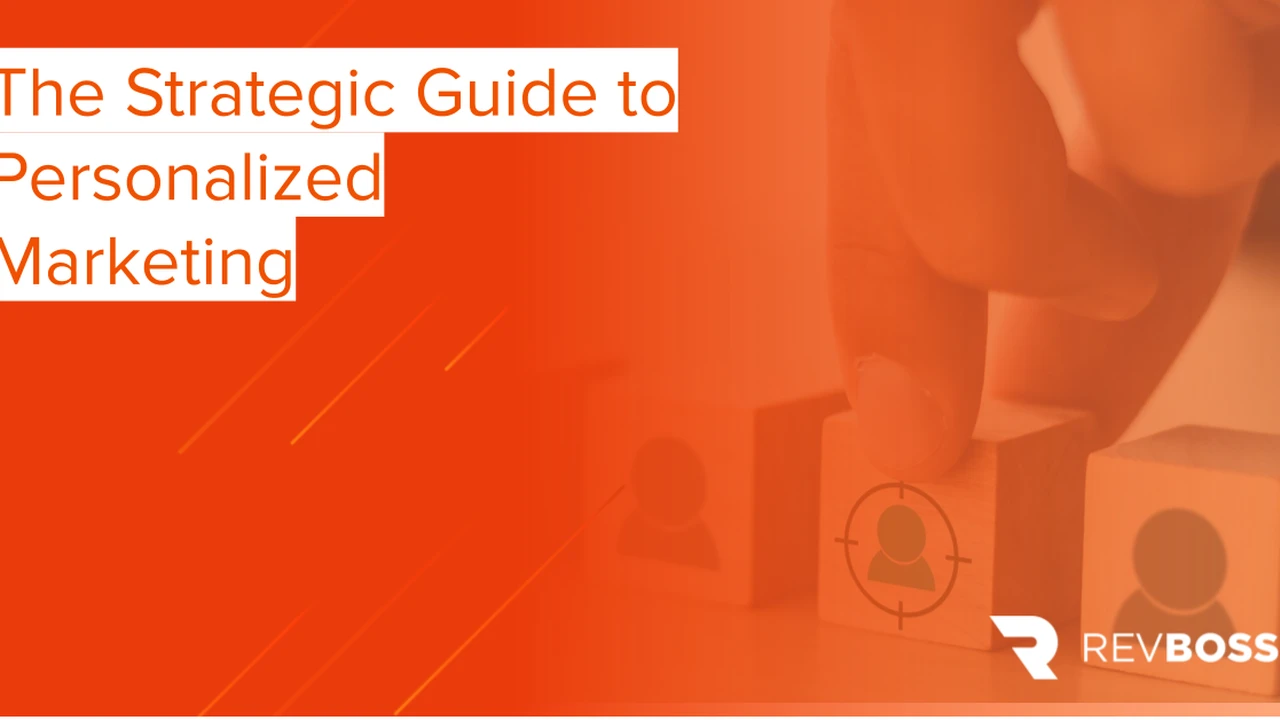The Challenges of Last-Mile Delivery in SEA & Mexico
Sample meta description.

Understanding the Last-Mile Delivery Landscape in Southeast Asia & Mexico: An Overview
Okay, let's dive deep into the wild world of last-mile delivery in Southeast Asia (SEA) and Mexico. It's a beast of a challenge, but also a huge opportunity for e-commerce businesses. Think about it: you've got your amazing products, killer website, and top-notch marketing. But if you can't get that package into the customer's hands reliably and affordably, all that effort goes down the drain. We're talking about navigating crazy traffic in Bangkok, dealing with unaddressed streets in Mexico City, and contending with island hopping in the Philippines. It's not exactly smooth sailing, is it?
Infrastructure Challenges & Their Impact on E-commerce Last-Mile Success: Roads, Addresses & More
First up, infrastructure. In many parts of SEA and Mexico, the infrastructure just isn't built for efficient delivery. We're talking about poorly maintained roads, a lack of standardized addressing systems, and limited internet connectivity in some rural areas. Imagine trying to deliver a package to a customer whose address is "near the big mango tree, two houses down from the blue house." Good luck with that! This lack of clear addresses makes it incredibly difficult for delivery drivers to find their customers, leading to delays, lost packages, and frustrated buyers. The road quality also plays a huge role. Potholes and unpaved roads can damage packages and slow down delivery times significantly. In some areas, couriers might even need to use motorbikes or even boats to reach remote customers. It's a logistical nightmare!
Technology Adoption & The Digital Divide Affecting Last-Mile Efficiency: Connectivity & Smart Solutions
Then there's the technology gap. While some areas have widespread internet access and sophisticated tracking systems, others are still struggling with basic connectivity. This makes it difficult to implement modern delivery solutions like real-time tracking, electronic proof of delivery, and optimized routing. For example, a delivery driver in a remote area might not be able to access the internet to update the package status or confirm delivery. This lack of visibility can create uncertainty for both the customer and the seller. Furthermore, many small businesses in SEA and Mexico are still hesitant to adopt new technologies due to cost concerns or a lack of technical expertise. This can further hinder the adoption of efficient last-mile delivery solutions.
Cost Considerations in SEA & Mexico Last-Mile Delivery: Fuel, Labor & Regional Price Variations
Let's talk money. Last-mile delivery is expensive, especially in these regions. Fuel costs, labor costs, and the added expenses of navigating challenging terrain all contribute to the overall price. Plus, there are significant regional variations in pricing. Delivery in a densely populated urban area will likely be cheaper than delivery to a remote island. Businesses need to carefully consider these costs when setting their prices and choosing their delivery partners. They also need to explore cost-effective solutions like route optimization and consolidation to minimize expenses.
Cultural Nuances & Customer Expectations: Communication, Trust & Local Preferences
Don't underestimate the importance of cultural nuances. Customer expectations vary significantly across different regions and cultures. In some areas, customers might be more patient and understanding of delays, while in others, they expect lightning-fast delivery and constant communication. Building trust is also crucial. Customers need to feel confident that their packages will arrive safely and on time. This requires clear communication, reliable service, and a willingness to go the extra mile to resolve any issues. For example, in some cultures, it's considered rude to call a customer late at night. Delivery companies need to be aware of these cultural sensitivities and train their drivers accordingly.
Product Recommendations for Optimizing Last-Mile Delivery
Alright, let's get practical. Here are a few product recommendations that can help businesses tackle the challenges of last-mile delivery in SEA and Mexico:
Route Optimization Software: Streamlining Delivery Routes for Maximum Efficiency
Product: LogiNext Mile
Use Case: LogiNext Mile is a cloud-based route optimization software that helps businesses plan the most efficient delivery routes, taking into account factors like traffic, road conditions, and delivery time windows. It can significantly reduce fuel costs and delivery times, especially in congested urban areas.
Comparison: Compared to manual route planning or using basic mapping apps, LogiNext Mile offers advanced features like real-time tracking, delivery scheduling, and automated dispatch. It's more expensive than free options, but the ROI from reduced costs and improved efficiency can be substantial.
Price: Subscription-based pricing, typically starting around $100-$300 per month per vehicle, depending on the features and usage.
Delivery Management Platforms: Centralizing Operations & Improving Visibility
Product: FarEye
Use Case: FarEye is a comprehensive delivery management platform that provides end-to-end visibility and control over the entire delivery process. It includes features like order management, route optimization, real-time tracking, and customer communication. It's ideal for businesses with a large delivery fleet and complex operations.
Comparison: FarEye is a more robust solution than basic tracking apps or spreadsheets. It offers a wider range of features and integrations, but it's also more complex to implement and manage. It's best suited for larger businesses with dedicated logistics teams.
Price: Custom pricing based on the number of orders, users, and features. Contact FarEye for a quote.
GPS Tracking Devices: Monitoring Vehicles & Ensuring Delivery Compliance
Product: Trackimo Universal Tracker
Use Case: Trackimo is a small, affordable GPS tracker that can be attached to delivery vehicles or packages to monitor their location in real-time. It can help businesses ensure delivery compliance, prevent theft, and improve customer service.
Comparison: Trackimo is a simple and cost-effective solution for basic GPS tracking. It doesn't offer the advanced features of a full-fledged delivery management platform, but it's a great option for businesses that just need to know where their vehicles are.
Price: Around $140 for the device, plus a monthly subscription fee of around $5-$20 for data usage.
Mobile POS Systems: Enabling Cash-on-Delivery & Streamlining Payments
Product: Square Mobile POS
Use Case: Square Mobile POS allows delivery drivers to accept credit card and cash payments on the spot. This is crucial in regions where cash-on-delivery is still a popular payment method. It also helps streamline the payment process and reduce the risk of fraud.
Comparison: Square Mobile POS is easy to use and affordable. It's a good option for small businesses that need a simple way to accept payments on the go. Other options include dedicated POS systems from local banks, but these often come with higher fees and more complex setup.
Price: Free app and card reader. Transaction fees apply (around 2.6% + $0.10 per transaction).
E-bikes and Electric Scooters: Navigating Congested Cities & Reducing Emissions
Product: Various Brands (e.g., NIU, Xiaomi, Super Soco)
Use Case: In densely populated cities with heavy traffic, e-bikes and electric scooters can be a faster and more efficient way to make deliveries than cars or trucks. They're also more environmentally friendly, reducing carbon emissions and improving air quality.
Comparison: E-bikes and electric scooters are a great alternative to traditional delivery vehicles in urban areas. However, they have limited range and cargo capacity, so they're not suitable for all types of deliveries. Consider the distance your drivers need to cover and the size of the packages they'll be carrying.
Price: E-bikes range from $500 to $3000, while electric scooters range from $300 to $1500.
Conclusion Alternatives: Moving Forward with Last-Mile Delivery Strategies
So, navigating the last-mile delivery landscape in SEA and Mexico is a complex puzzle. But by understanding the challenges, adopting the right technologies, and adapting to local cultures, businesses can overcome these obstacles and create a competitive advantage. It's all about finding the right solutions for your specific needs and market. Good luck out there!
:max_bytes(150000):strip_icc()/277019-baked-pork-chops-with-cream-of-mushroom-soup-DDMFS-beauty-4x3-BG-7505-5762b731cf30447d9cbbbbbf387beafa.jpg)






